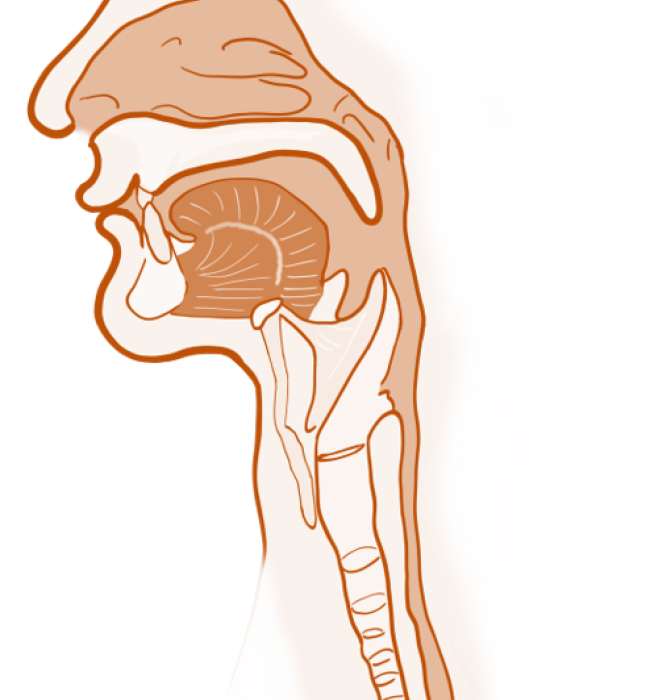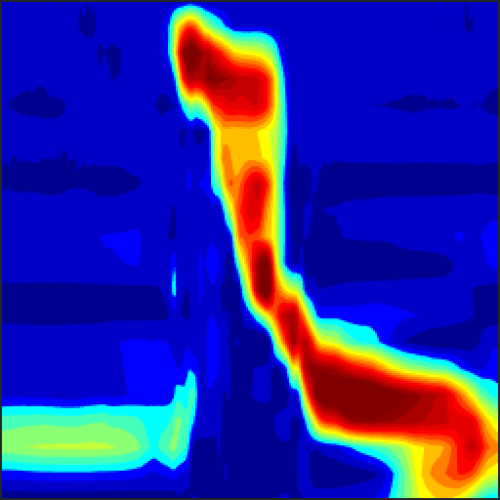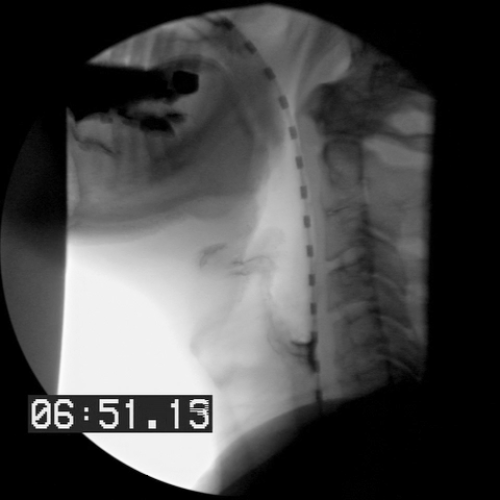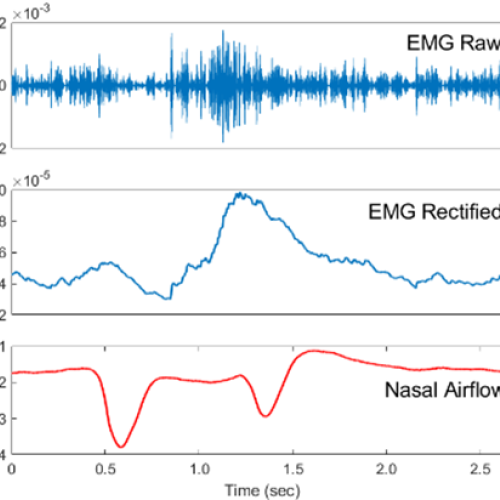
Swallowing
Swallowing is a critical life function, and disordered swallowing can lead to malnutrition, dehydration, pulmonary infection, reduced quality of life, and death.

High-resolution pharyngeal manometry

Videofluoroscopy

Electromyography

Tongue Pressure Measurement

Respiratory Measures

Non-Invasive Brain Stimulation
Current Projects
Objective Measurement of Swallowing Physiology in Multiple Sclerosis
The goal of this study is to measure swallowing function using high-resolution pharyngeal manometry and videofluoroscopy in persons with multiple sclerosis to uncover relationships between location of brain lesions and dysphagia. This study is funded by the American Speech-Language Hearing Association.
Progression of Dysphagia in Parkinson's Disease
Swallowing disorders (dysphagia) are common in persons with Parkinson's disease (PD). However, it is unclear how swallowing function changes over time as the disease progresses. This project will track changes in swallowing function over 18 months in people with early- and mid-stage PD.
Wearable Sensors to Detect Swallowing
We are developing and testing non-invasive wearable sensors that will quantify swallowing behaviors outside of the lab/clinic.
Quantification of Swallowing Changes with Age
Like other motor skills, the ability to swallow changes with typical aging. We are investigating how swallowing changes as healthy individuals age using high-resolution pharyngeal manometry and videofluoroscopy.
Machine Learning to Classify Dysphagia
In collaboration with the Paydarfar and Chang Labs, we are using novel machine learning techniques to classify and describe how swallowing pressures change in the presence of dysphagia.

